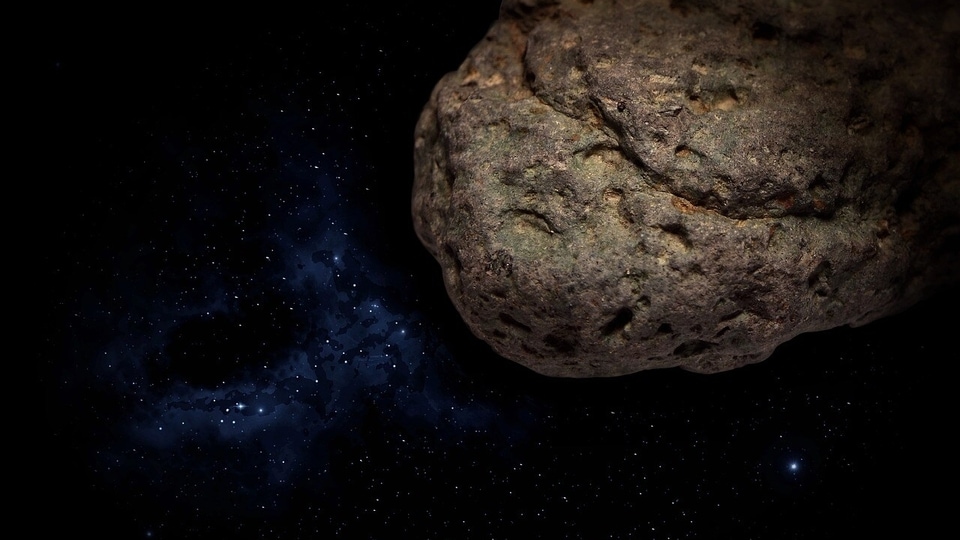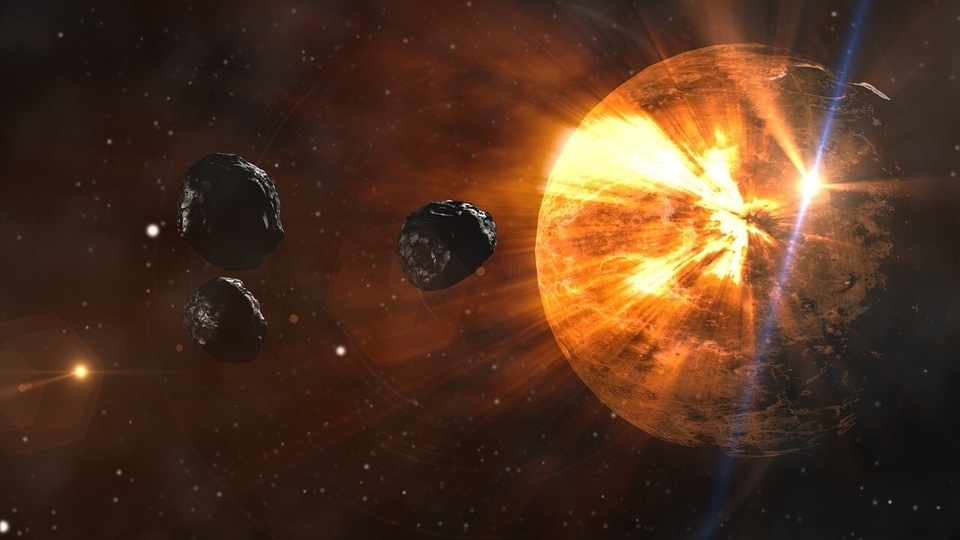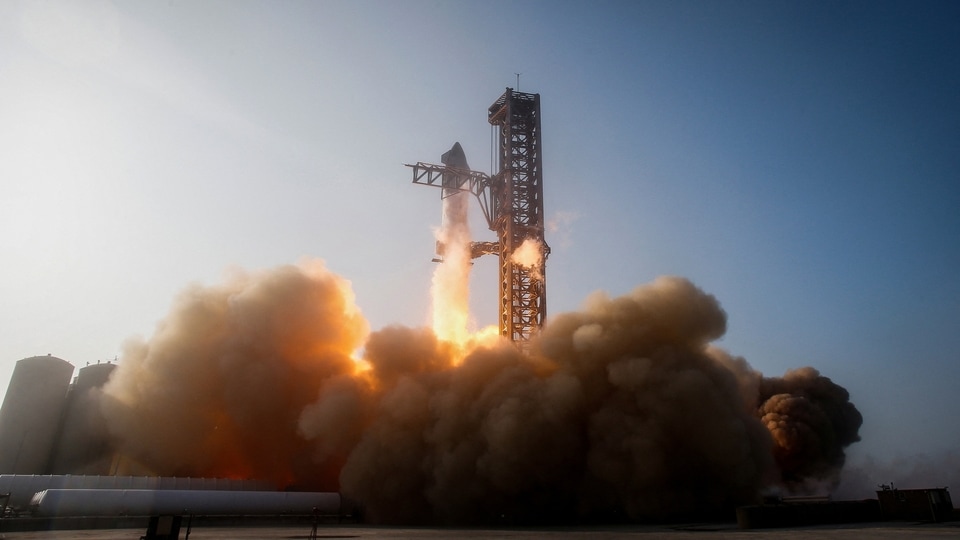Japan launches LignoSat: World's first wooden satellite to combat space debris
Japanese scientists, in collaboration with Sumitomo Forestry, developed a groundbreaking wooden satellite, LignoSat, to combat space pollution caused by burning traditional satellites.






 View all Images
View all ImagesIn a pioneering effort to address the growing concern of space debris, Japanese scientists from Kyoto University, in collaboration with Sumitomo Forestry, have developed a unique spacecraft known as the LignoSat. What sets this satellite apart is its construction material- magnolia wood.
The decision to explore wood as a viable alternative to traditional satellite metals stems from the environmental impact caused by burning satellites re-entering Earth's atmosphere. Tiny alumina particles generated during this process linger in the upper atmosphere, posing long-term environmental threats. To counteract this, the Kyoto researchers initiated a project to evaluate the suitability of biodegradable materials like wood for satellite construction, according to The Guardian report.
Extensive tests were conducted in laboratories simulating space conditions, demonstrating wood's surprising resilience. Wood samples, including Japanese cherry and magnolia, underwent exposure trials on the International Space Station (ISS) for nearly a year. The results revealed minimal signs of damage, credited to the absence of oxygen in space preventing combustion and the absence of living organisms causing decay.
The magnolia wood emerged as the most robust choice, leading to the construction of the LignoSat. Roughly the size of a coffee mug, the wooden satellite will embark on a mission to measure the wooden structure's deformation in space. While wood exhibits durability in one direction, researchers aim to assess its performance concerning dimensional changes and cracking in other directions.
Launching a Sustainable Future: Final Preparations for LignoSat
The launch, scheduled for this summer, is yet to finalize the choice between an Orbital Sciences Cygnus supply ship or a SpaceX Dragon mission. If successful, LignoSat could pave the way for wood to become a sustainable construction material for future satellites. With over 2,000 spacecraft anticipated to launch annually, the environmental impact of burning aluminum from re-entering satellites could be alleviated by embracing biodegradable materials.
Research from the University of British Columbia warns of the potential depletion of the ozone layer caused by aluminum particles. However, the LignoSat, designed to burn up into biodegradable ash upon re-entry, offers a promising solution to mitigate the environmental risks associated with traditional satellites. The successful deployment and operation of LignoSat may mark a transformative shift in satellite construction methods, fostering a more sustainable approach to space exploration.
Also, read these top stories today:
Bad news for gamers! Nintendo is advising game publishers that its next-generation console will be delayed. Some interesting details in this article. Check it out here. If you enjoyed reading this article, please forward it to your friends and family.
In the age of AI, Google, clearly, is not enough! The rise of generative AI chatbots is giving people new and different ways to look up information. Read all about it here. Found it interesting? Go on, and share it with everyone you know.HT
“TikTok has me in a chokehold.” ‘It is hijacking my brain'! Many people have compared the addictive nature of social media to cigarettes. Know how to throw this nasty habit here. If you enjoyed reading this article, please forward it to your friends and family.
Catch all the Latest Tech News, Mobile News, Laptop News, Gaming news, Wearables News , How To News, also keep up with us on Whatsapp channel,Twitter, Facebook, Google News, and Instagram. For our latest videos, subscribe to our YouTube channel.

























